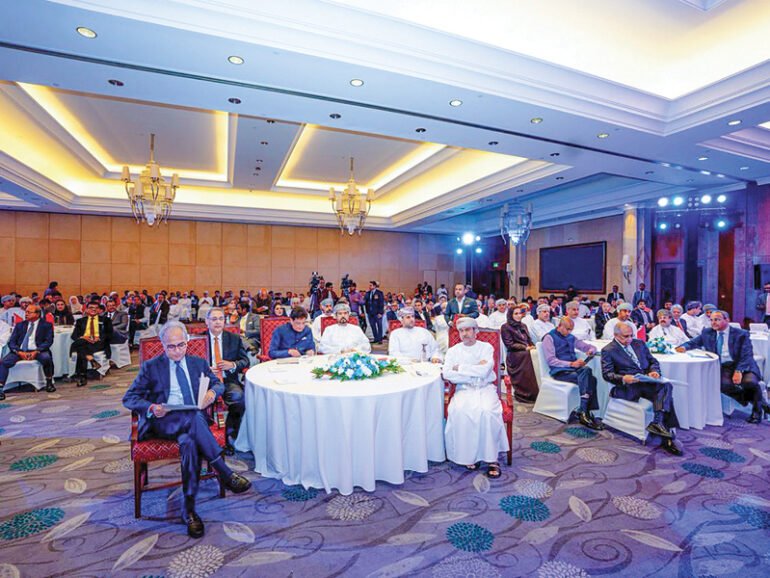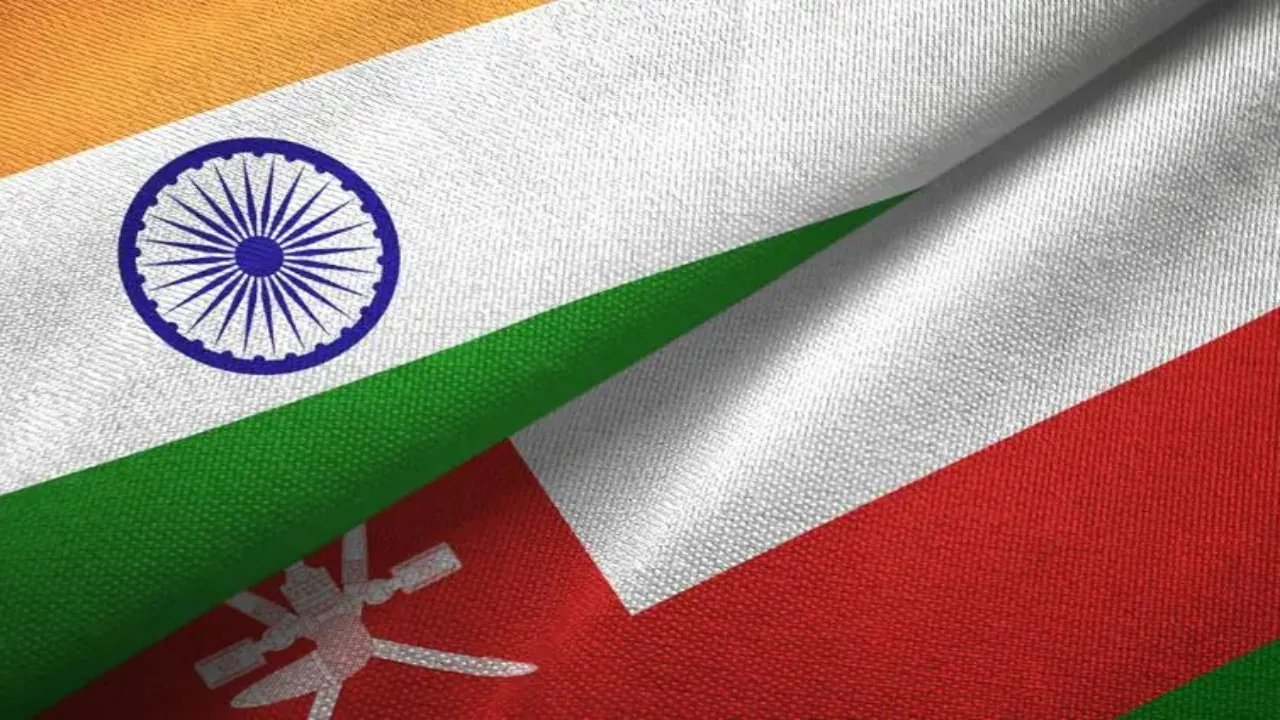Overall, despite the initiatives and efforts to boost international enrollment, Indian universities continue to face challenges in attracting and retaining foreign students
Indian universities have witnessed a significant decline in international student enrollment over the past decade. According to the Reserve Bank of India (RBI), income from education-related travel to India plummeted from $519 million in 2015 to just $247 million in 2024. Although there was a slight recovery in 2023 and 2024, reaching $247 million from a low of $109 million in 2022, the figures are still far below the 2014-15 levels.
In response to this decline, the National Education Policy (NEP) 2020 has emphasized internationalization, aiming to attract more international students through various measures. The University Grants Commission (UGC), India’s higher education regulatory body, introduced guidelines for academic collaborations between Indian and foreign institutions, allowing for dual and joint degree programs. The UGC has also recommended the establishment of an Office for International Affairs within higher education institutions to better attract and support foreign students.
-
Most foreign students in India come from South Asian and African countries, with Nepal leading the way, increasing its share from 21% in 2014-15 to 28% in 2021-22
-
Conversely, the percentages of students from Afghanistan, Bhutan, Malaysia, Sudan, and Nigeria have decreased since 2014-15
-
In 2021-22, Afghanistan and Bhutan were the second and sixth largest sources of international students in India, accounting for 6.72% and 3.33% respectively
-
The United States, Bangladesh, and the United Arab Emirates also contribute significant numbers of students, making up 6.17%, 5.55%, and 4.87% respectively
Despite these efforts, the Study in India program, launched in 2018 by the Ministry of Education (MoE), has struggled to meet its goals. The program offers scholarships and fee waivers to outstanding students and has initiated student exchange programs with partner nations. However, a senior professor at Delhi University cited a lack of investment in the education sector as a key reason for the program’s limited success. High fees in private institutions and the superior quality and infrastructure of Western countries further deter students from choosing India as a study destination.
Data from the All India Survey on Higher Education (AISHE) reveal only a 16.68% increase in foreign student enrollment from 2015 to 2020. In fiscal year 2021, the number of foreign students dropped to 48,035, and further declined to 46,878 in 2022, primarily due to the COVID-19 pandemic.
**********************************************************
Readers
These are extraordinary times. All of us have to rely on high-impact, trustworthy journalism. And this is especially true of the Indian Diaspora. Members of the Indian community overseas cannot be fed with inaccurate news.
Pravasi Samwad is a venture that has no shareholders. It is the result of an impassioned initiative of a handful of Indian journalists spread around the world. We have taken a small step forward with the pledge to provide news with accuracy, free from political and commercial influence. Our aim is to keep you, our readers, informed about developments at ‘home’ and across the world that affect you.
Please help us to keep our journalism independent and free.
In these difficult times, running a news website requires finances. While every contribution, big or small, will make a difference, we request our readers to put us in touch with advertisers worldwide. It will be a great help.
For more information: pravasisamwad00@gmail.com








